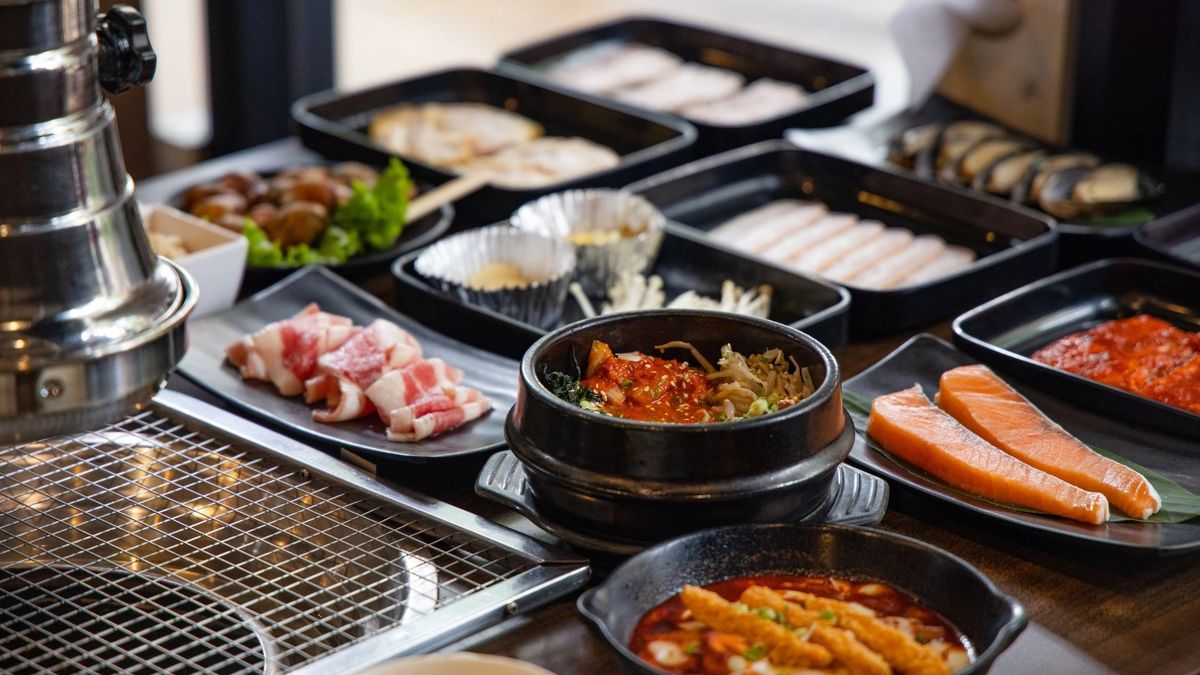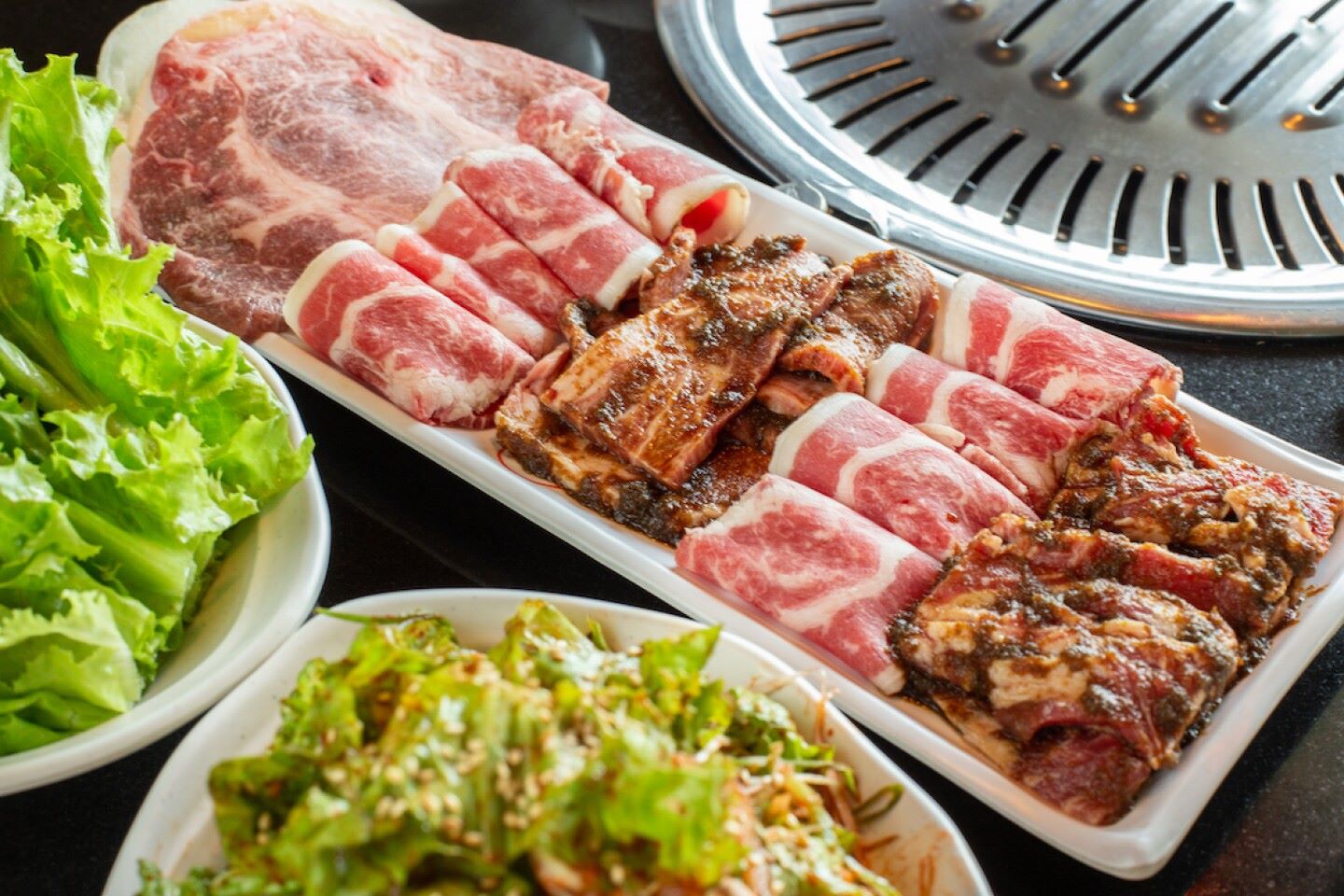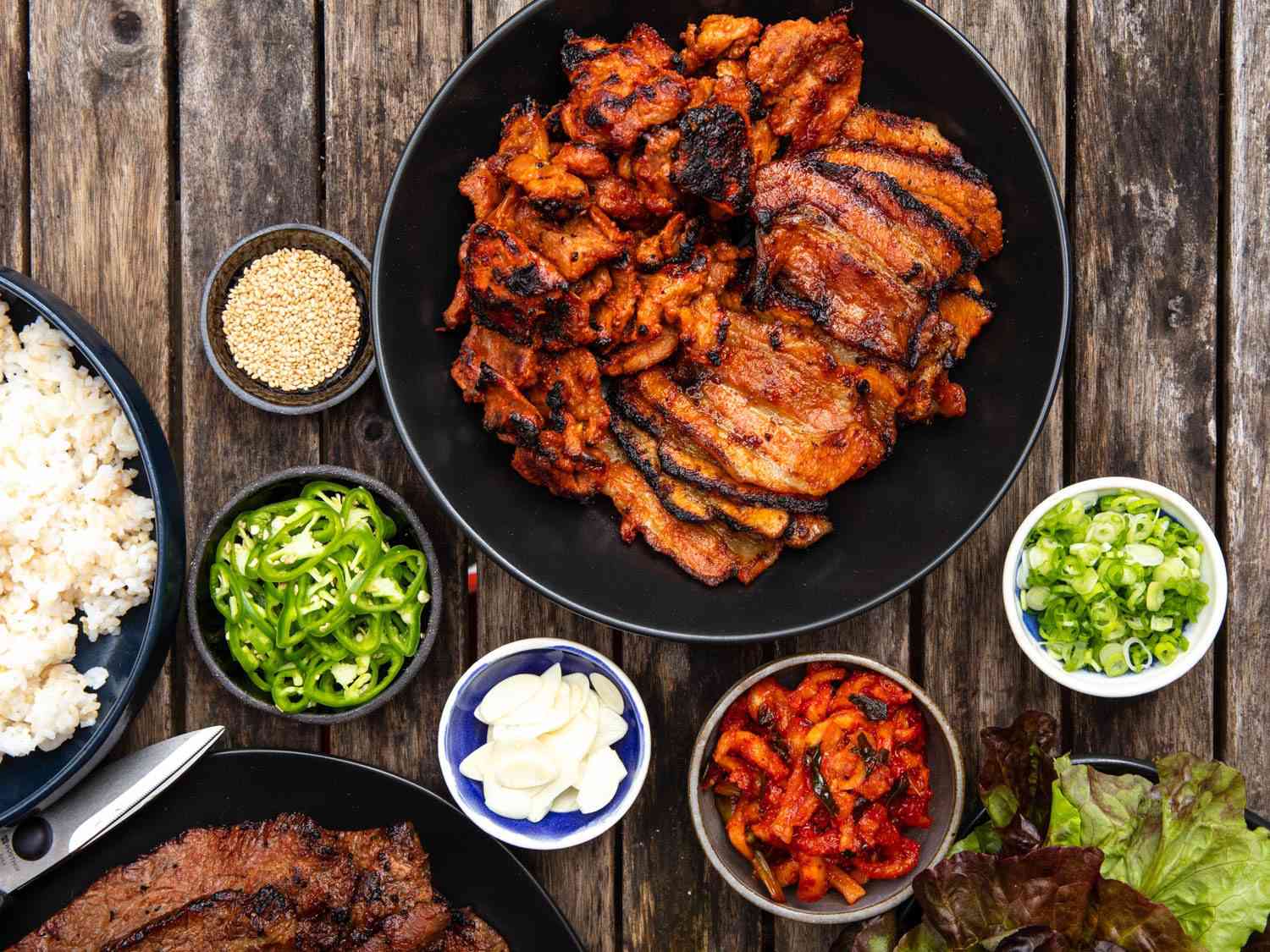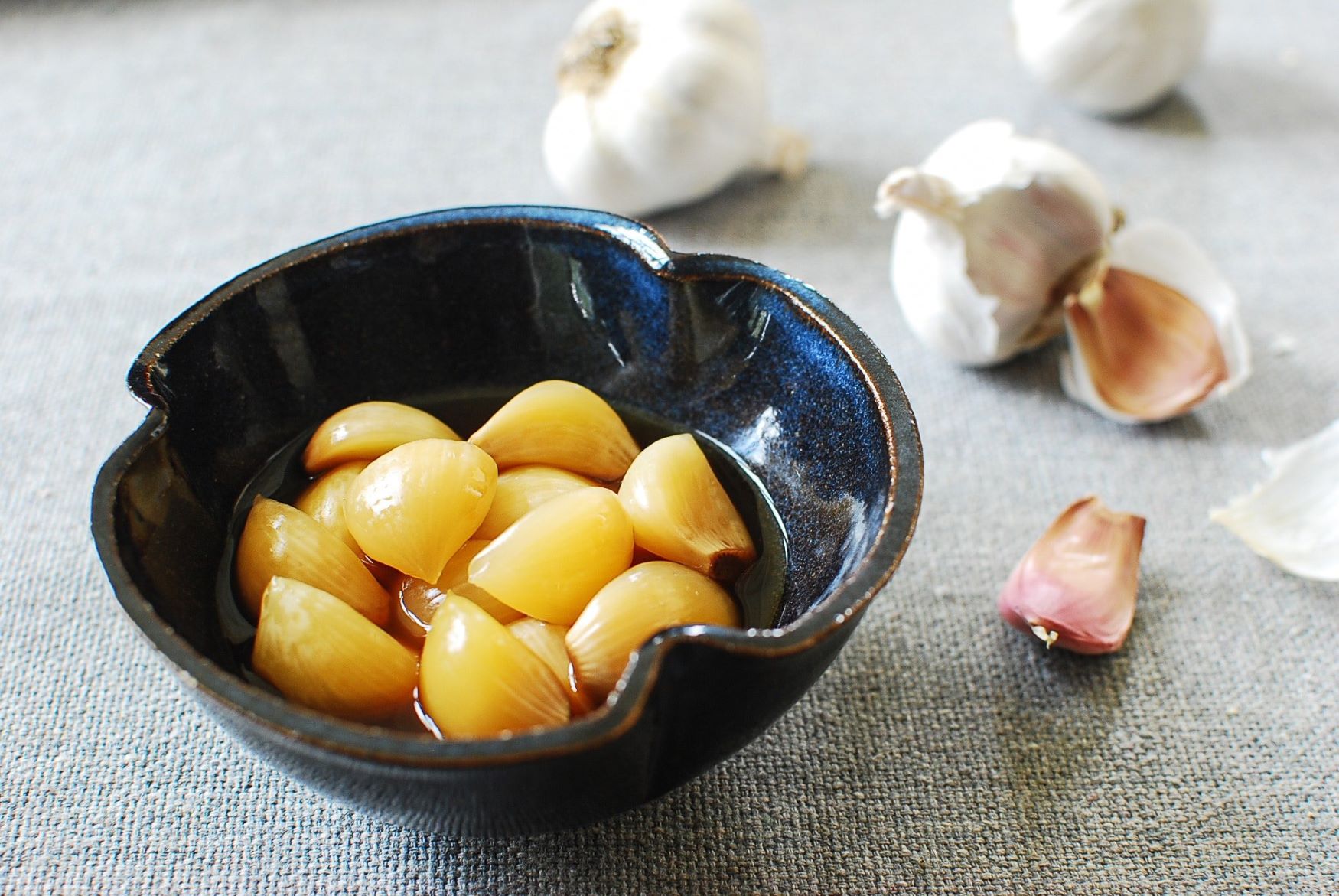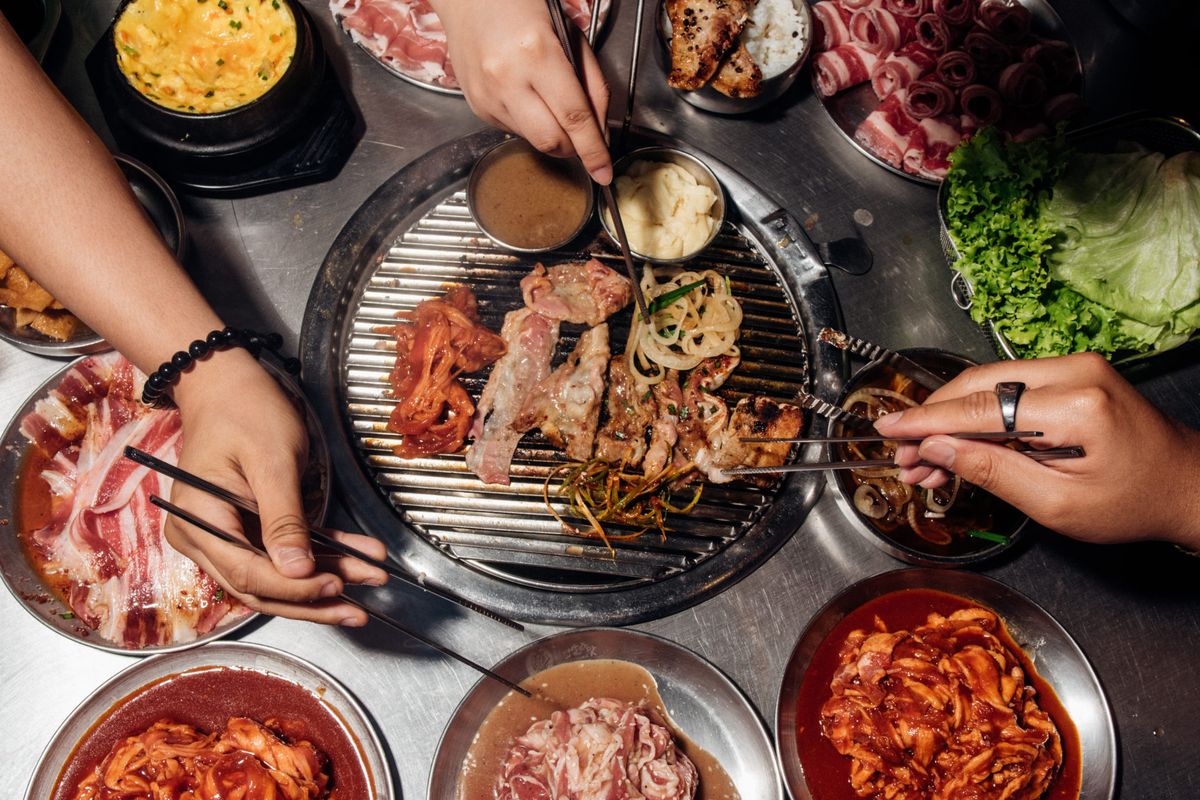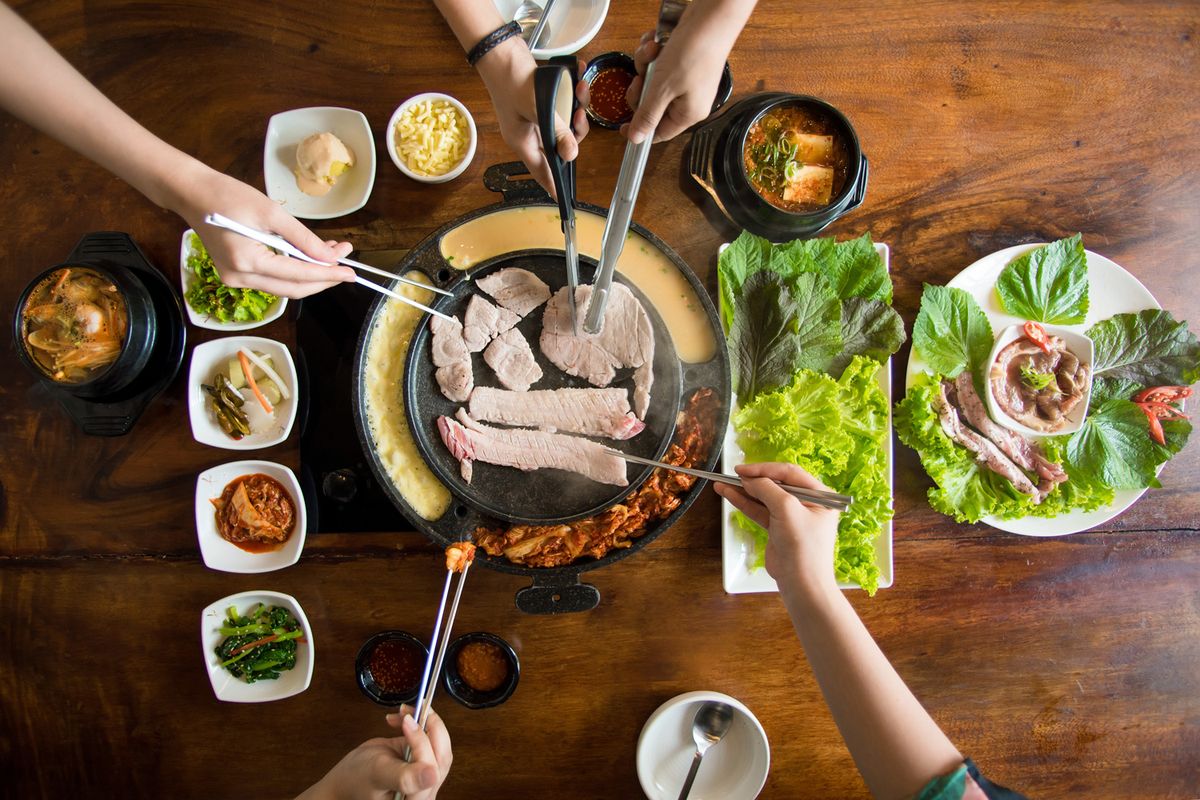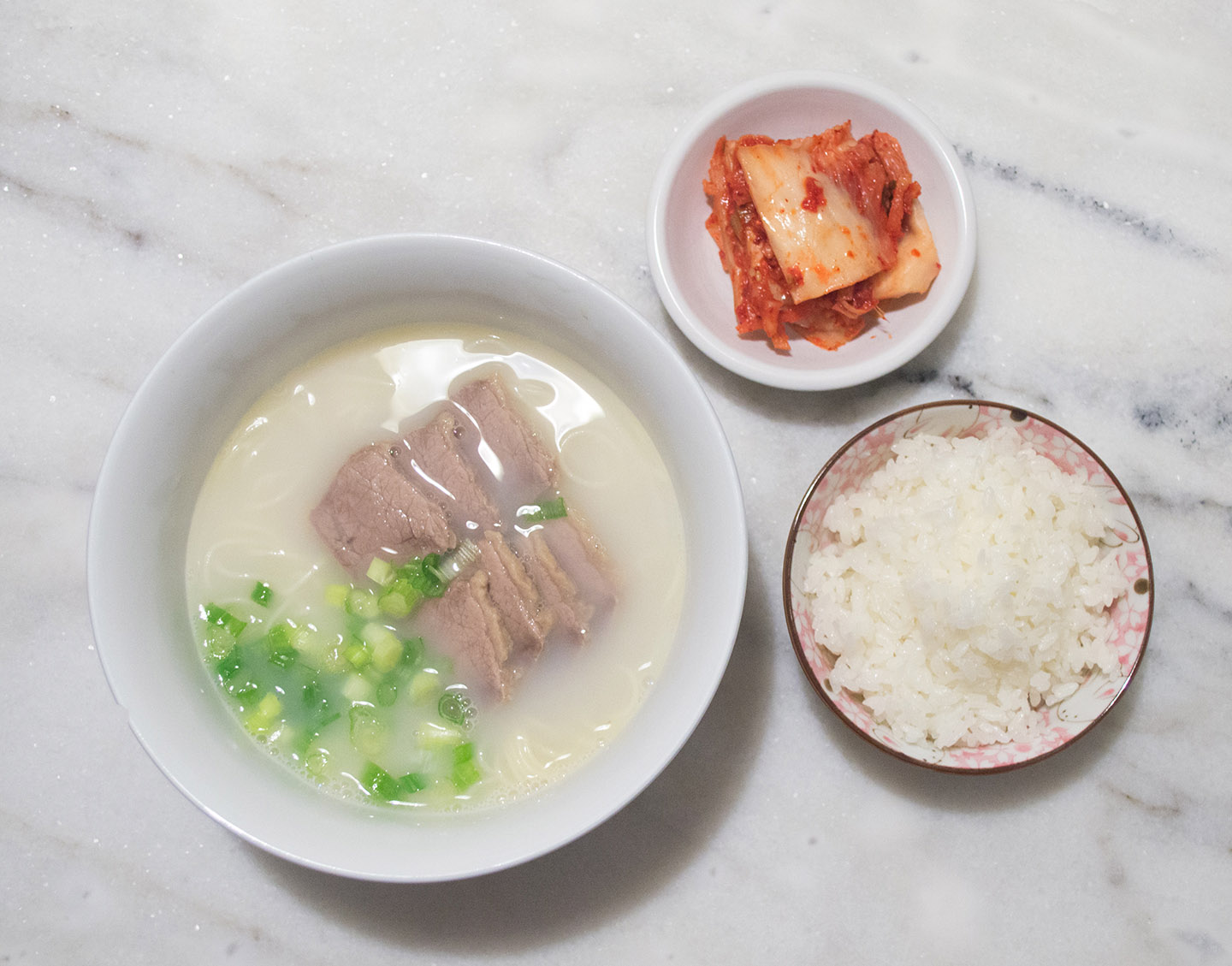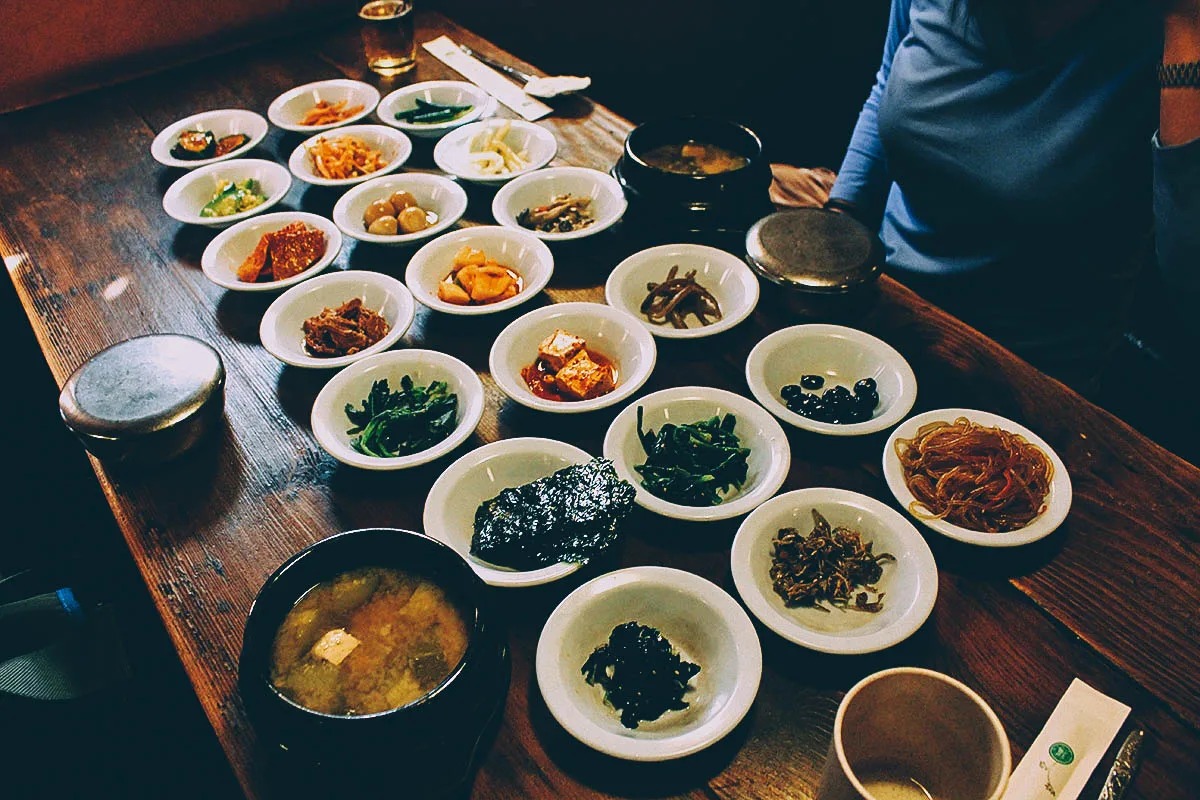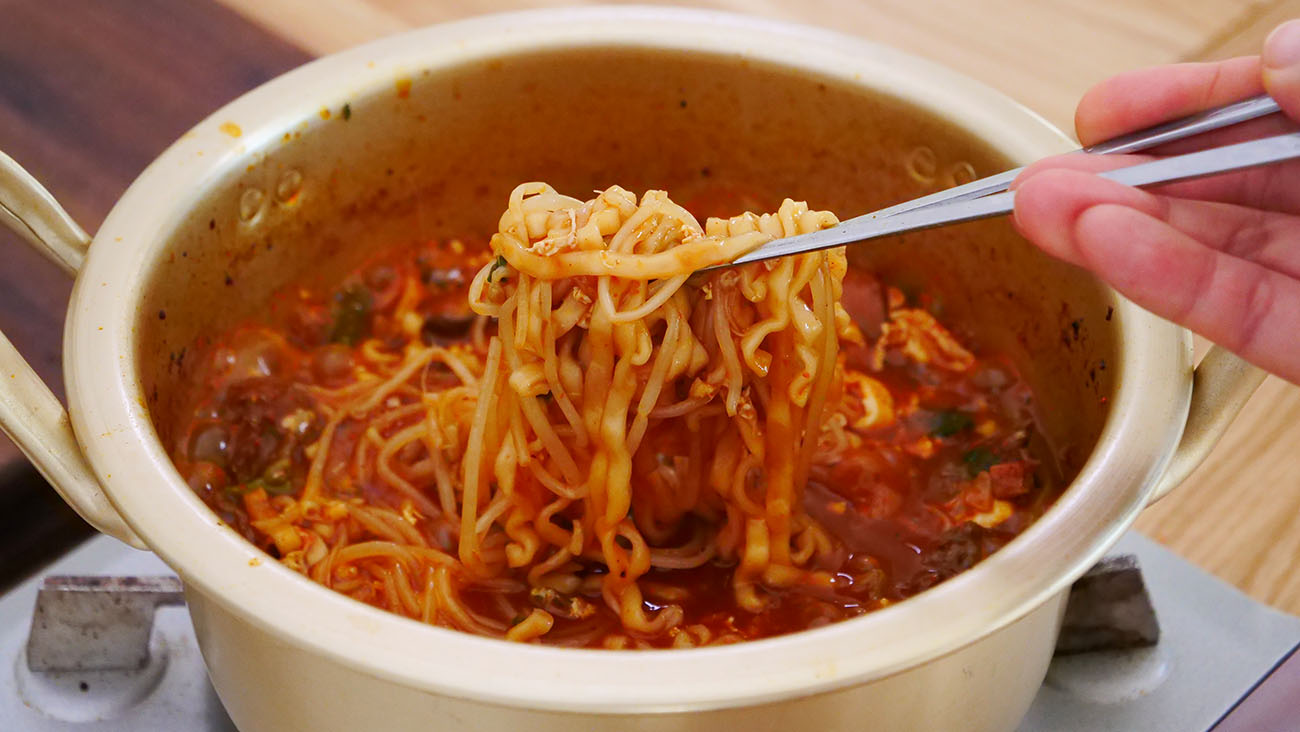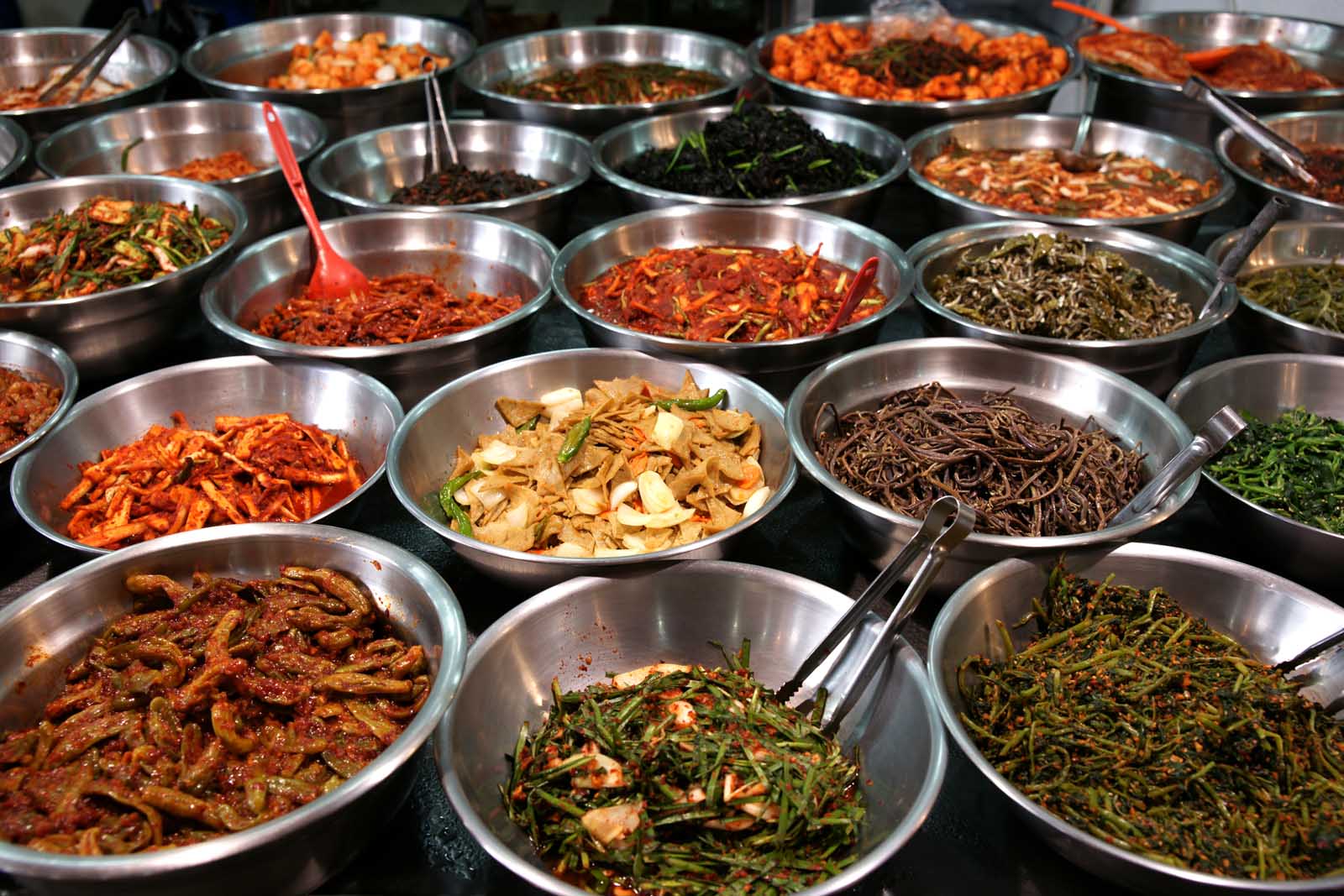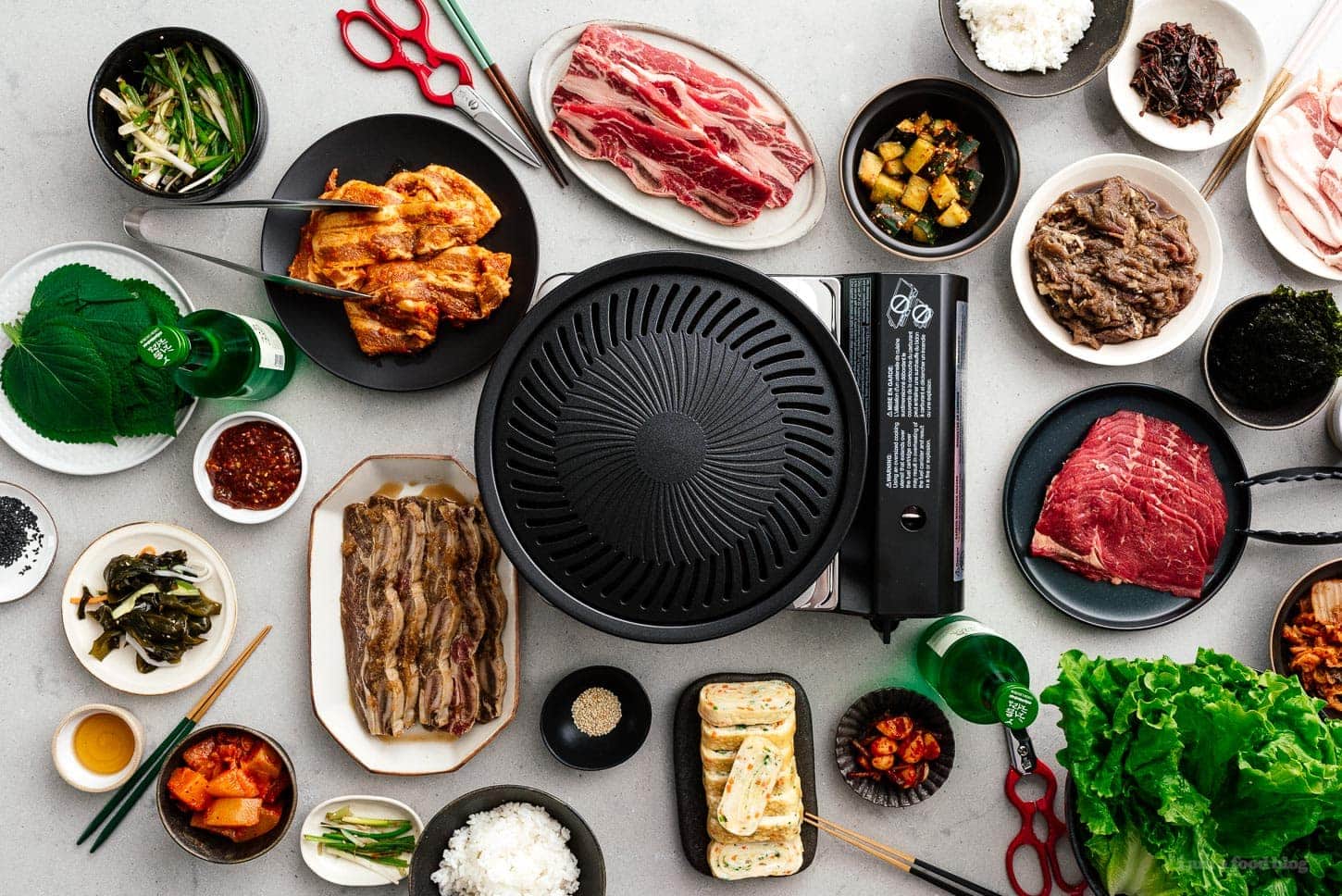How To Eat At A Korean Restaurant
So, you've decided to try out a Korean restaurant and you're not quite sure what to expect. Korean cuisine is known for its bold flavors, unique ingredients, and communal dining style. If you're new to Korean food, it's helpful to familiarize yourself with some dining etiquette and popular dishes before you go. Here are some tips on how to make the most of your Korean dining experience:
1. Familiarize Yourself With Korean Dining Etiquette
-
Seating: When you enter a Korean restaurant, you may be directed to sit on the floor at a low table. Remove your shoes before stepping onto the raised platform and sit cross-legged or with your legs folded to the side.
-
Sharing: Korean meals are often served family-style, with multiple dishes meant to be shared among the diners. It's customary to take only a small portion of each dish at a time to ensure that everyone gets a taste.
-
Use of Utensils: While Korean cuisine traditionally involves the use of metal chopsticks and a spoon, it's perfectly acceptable to ask for a fork if you're not comfortable using chopsticks.
2. Explore the Menu
-
Banchan: One of the highlights of dining at a Korean restaurant is the array of banchan, which are small side dishes that accompany the main meal. These may include kimchi, pickled vegetables, and other flavorful bites.
-
Barbecue: Many Korean restaurants offer barbecue options where you can grill your own meat at the table. This interactive dining experience is a must-try for meat lovers.
-
Noodles and Soups: Korean cuisine features a variety of noodle dishes and hearty soups, such as jjajangmyeon (black bean noodles) and kimchi jjigae (kimchi stew).
3. Order and Enjoy Your Meal
-
Ask for Recommendations: If you're unsure about what to order, don't hesitate to ask the server for recommendations based on your preferences. They can guide you through the menu and suggest popular dishes.
-
Take Your Time: Korean dining is meant to be a leisurely and social experience. Take your time savoring each dish and enjoy the opportunity to engage in conversation with your dining companions.
-
Try New Flavors: Be open to trying new flavors and ingredients. Korean cuisine is known for its use of bold spices, fermented ingredients, and unique flavor combinations.
4. Embrace Korean Dining Customs
-
Respectful Dining: Show respect for the dining customs by not sticking your chopsticks upright in a bowl of rice, as this resembles a ritual performed at funerals.
-
Use of Condiments: Experiment with the condiments provided, such as gochujang (red chili paste) and ssamjang (a thick, spicy paste). These can add an extra kick to your dishes.
-
Enjoy the Experience: Embrace the communal aspect of Korean dining and enjoy the opportunity to bond with your fellow diners over a shared meal.
5. Conclude Your Meal
-
Express Gratitude: When you're finished with your meal, a simple "thank you" to the staff is a polite way to show your appreciation for the dining experience.
-
Payment: In Korean culture, it's common for one person to pay for the entire meal as a gesture of generosity. If dining with a group, be prepared for this custom.
-
Reflect on Your Experience: Take a moment to reflect on the flavors and dishes you tried. Consider what you enjoyed most and how you might incorporate elements of Korean cuisine into your own cooking.
By following these tips, you'll be well-prepared to enjoy a memorable dining experience at a Korean restaurant. From exploring new flavors to embracing communal dining customs, there's much to savor and appreciate in Korean cuisine. So, gather your friends or family, head to a Korean restaurant, and embark on a culinary adventure that's sure to leave a lasting impression.
